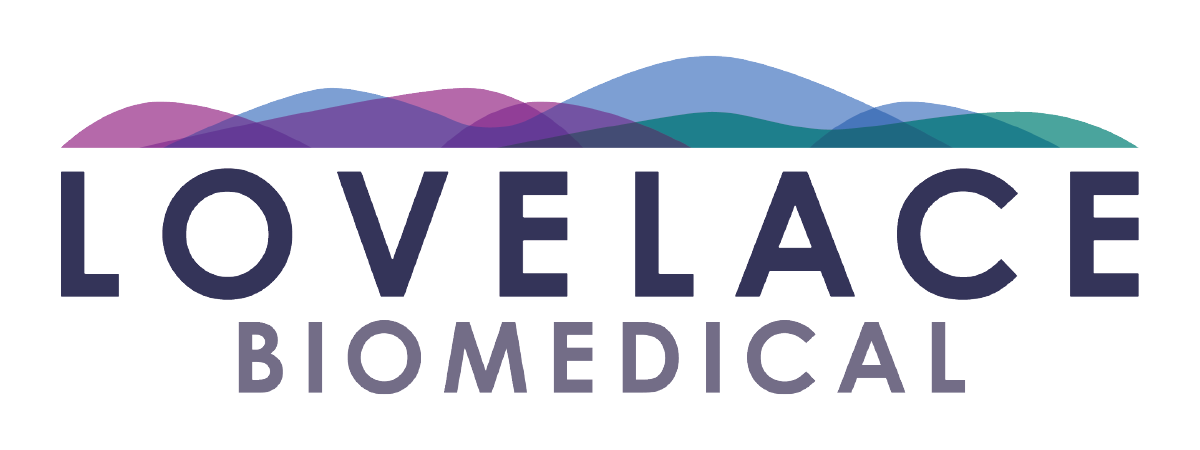Neuroscience
In conjunction with the Mind Research Network, Lovelace Biomedical builds successful and efficient neurological and preclinical neuroscience research & studies that meet all FDA requirements for IND filings in this keyspace. Our team’s unmatched understanding of neurophysiology and neuropharmacology allows us to bring great precision to every step of the process.
- Dose administration to the CNS via intrathecal and intracerebroventricular methods
- Neuro-behavioral assessment in all species for toxicology studies
- Neurobehavioral pharmacology models for pain and addiction
- Large-animal models of traumatic brain injury and traumatic spinal cord injury
The neuropharmacology core provides assessments of learning and memory, exploratory behavior, social interaction, reinforcement, motor function, and pain assays. The available methodologies in place include:
- Learning & Memory
- Y Maze (mouse). A measure of working memory through spontaneous alternations in a 3-arm, Y-shaped maze.
- Morris Water Maze (rat). A memory task in which rodents are placed in a pool and allowed to swim until they find a submerged platform.
- Exploratory Behavior
- Open Field (mouse and rat). A general measure of motor function and anxiety.
- Elevated Plus Maze (mouse). Animals are allowed to freely explore a ‘+’ shaped apparatus and time in the unwalled arms and distance travelled indicate exploration, whereas time in the closed arms and immobility indicate anxiety.
- Marble Burying (mouse and rat). A measure of compulsive behavior and anxiety based on the number of marbles buried under loose bedding.
- Social Measures
- 3-Chamber social interaction (rat). Measures the amount of time an animal will spend with an unfamiliar conspecific, which serves as a proxy of social memory/socialization.
- Reinforcement
- Conditioned place preference (mouse and rat; Stoelting). A measure of hedonic processing as indicated by the amount of time an animal will spend in an area associated with a particular stimulus.
- Operant behavioral chambers (mouse and rat; Med Associates). A measure of motivation to acquire or avoid a particular stimulus.
- Rat operant chamber (8): equipped with K-Limbic touch screen.
- Mouse operant chamber (8): equipped with shock grid, sucrose pellet dispenser, and liquid pump.
- Motor Function
- Rotarod (rat and mouse; San Diego Instruments). The latency to fall off of a rod that is rotating at a constant speed as a measure of motor coordination.
- Grip Strength (mouse and rat). The grip strength meter test allows the study of neuromuscular functions in rodents by determining the maximum force displayed by an animal.
- Pain Assays
- Von Frey (mouse and rat). Involves applying a punctate stimulus to a given region of the rodent’s body, usually the plantar surface of the hind paw, and recording the stimulus intensity that evokes a withdrawal reflex.
- Tail-Flick (mouse and rat). A nociceptive essay based on the measurement of the latency of the avoidance response to thermal stimulus in rodents.
- Dynamic weight bearing test (rat; Bioseb Instruments). An automated test that measures the percentage of weight borne by each paw compared to the total body weight during unrestricted movement.
- Automated Behavioral Tracking
- Ethovision software licenses (Noldus Information Technology) and cameras that allow automated, detailed video-based analysis of behavior in freely behaving rodents.

